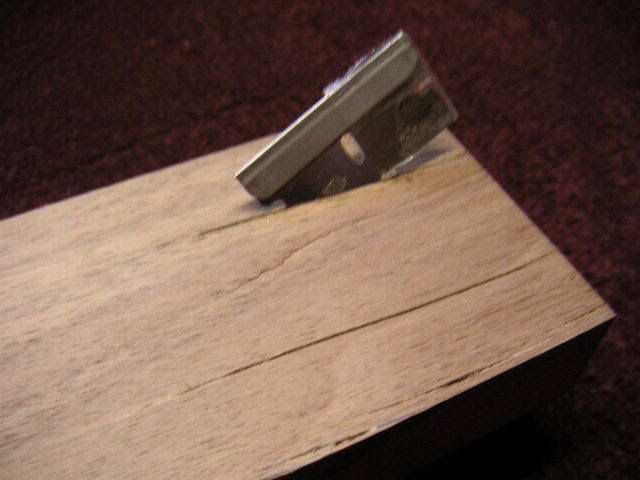Let's keep in mind my ethical stance on building/ repairing guitars. I don't want to waste wood. And when it comes to building, I try to use as much North American wood as possible. I don't want to participate in the demand of clear cutting our rain forests. There are fights between industry and environmental the time about forestry, but at least stuff harvested here, I know was done under environmental regulations. At least it is supposed to be.
So this morning I went out to shop for wood. I needed more walnut to complete the bodies, and to make up for the loss of 2 out of my 4 necks. I have gone to Youngblood Lumber (Minneapolis) in the past, and bought 3" thick walnut. That's what my necks have been cut from. But they no longer carry that size. So it was a wasted trip. I have spent the past couple hours searching the net, for another option. It gives you a sinking feeling when you shop for something particular in wood. It's just not around anymore. I did find a company in Canada that has some nice pieces. I should be able to have all the structural wood for my guitars for another $120. So that' not bad at all. I still need fingerboard wood. When it comes to fingerboard wood, exotic is about your only choice (aside from having maple fingerboards, which I don't want to do). I will most likely go with Indian rosewood. It's somewhat common, and completes a nice neck. However, on a wood suppliers website. I saw some wood called Mun Ebony (from Laos). Mostly black, with green strips in it. Very cool looking. I asked if it would be possible to get that for fingerboards.
So back to making templates. It's not as fun, but needs to be done. I still need to draw out my peghead outline.

No comments:
Post a Comment